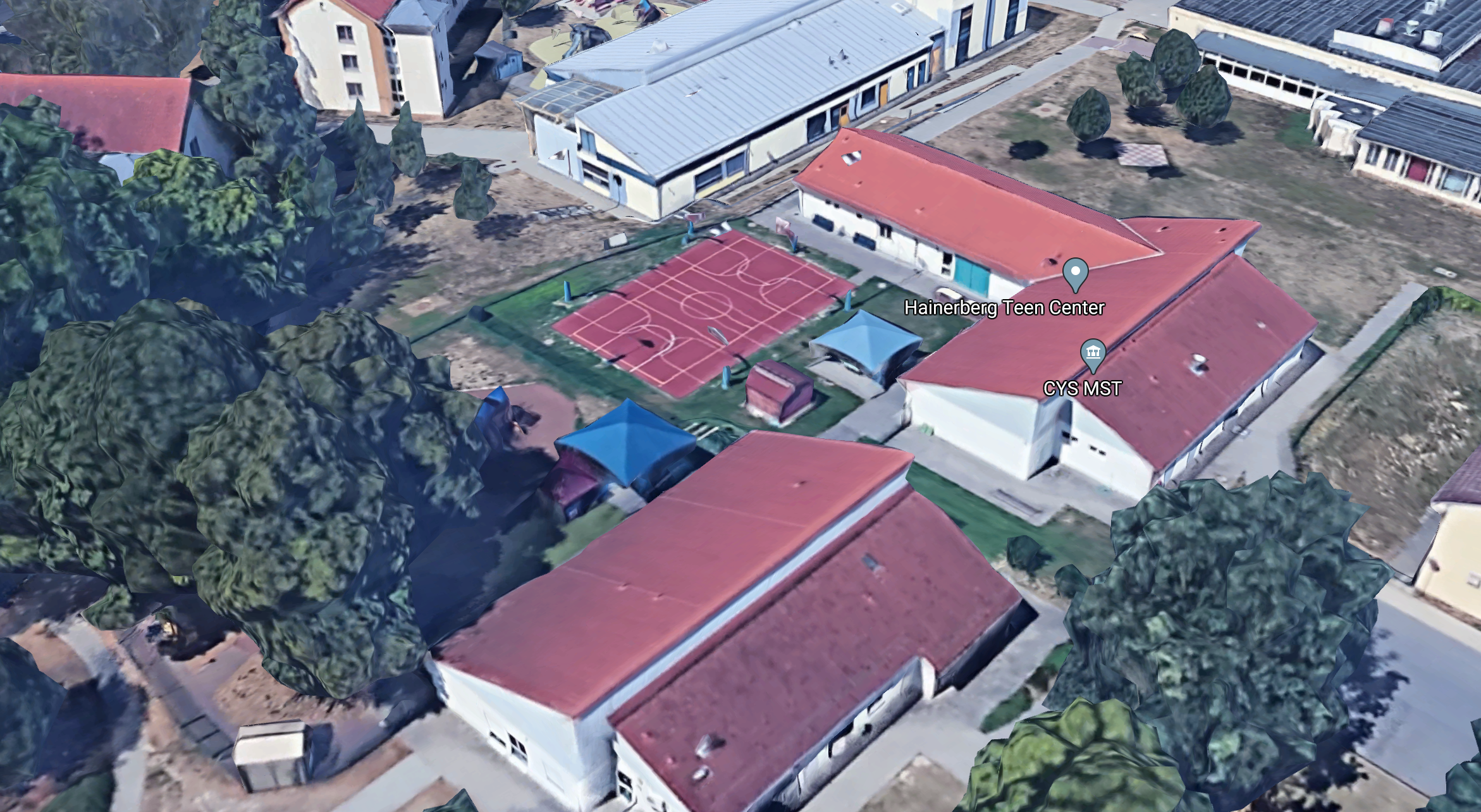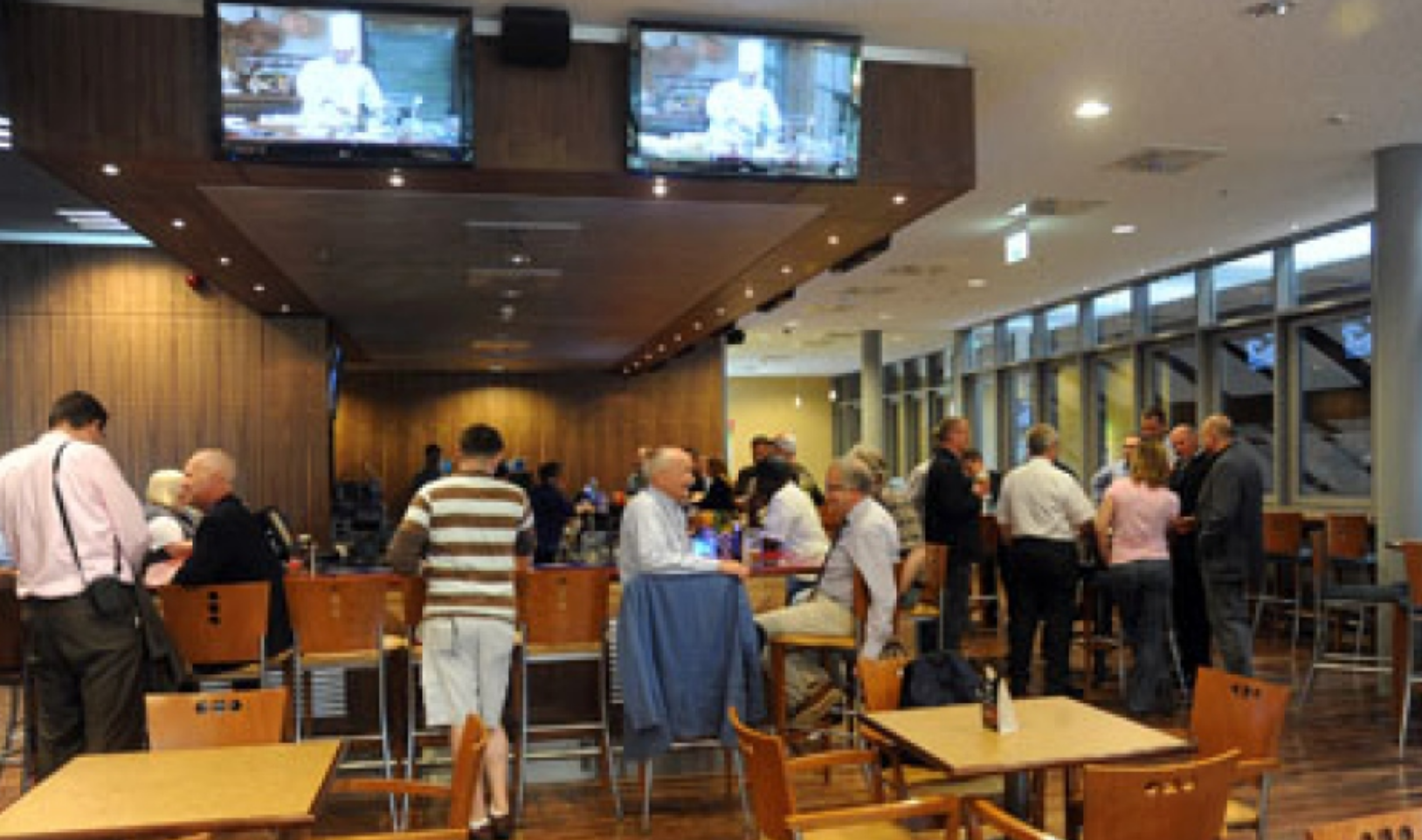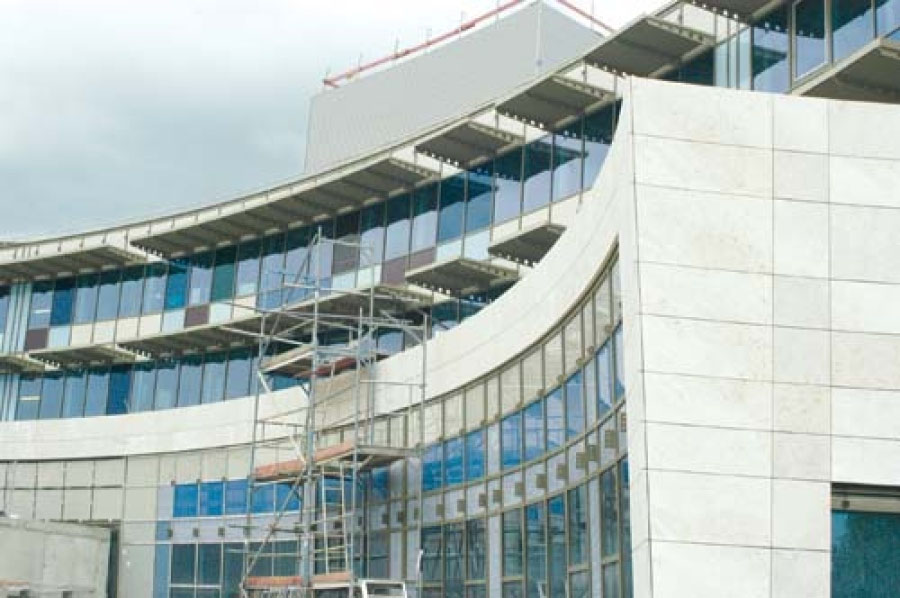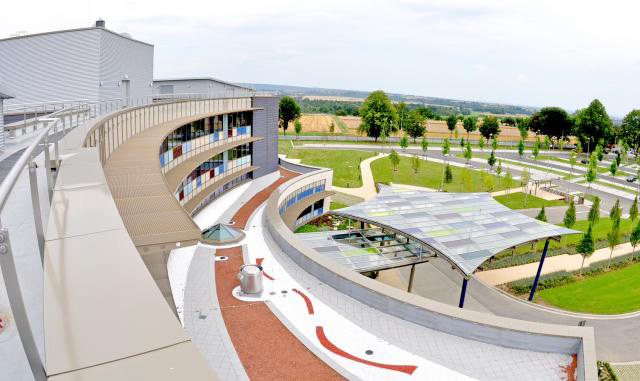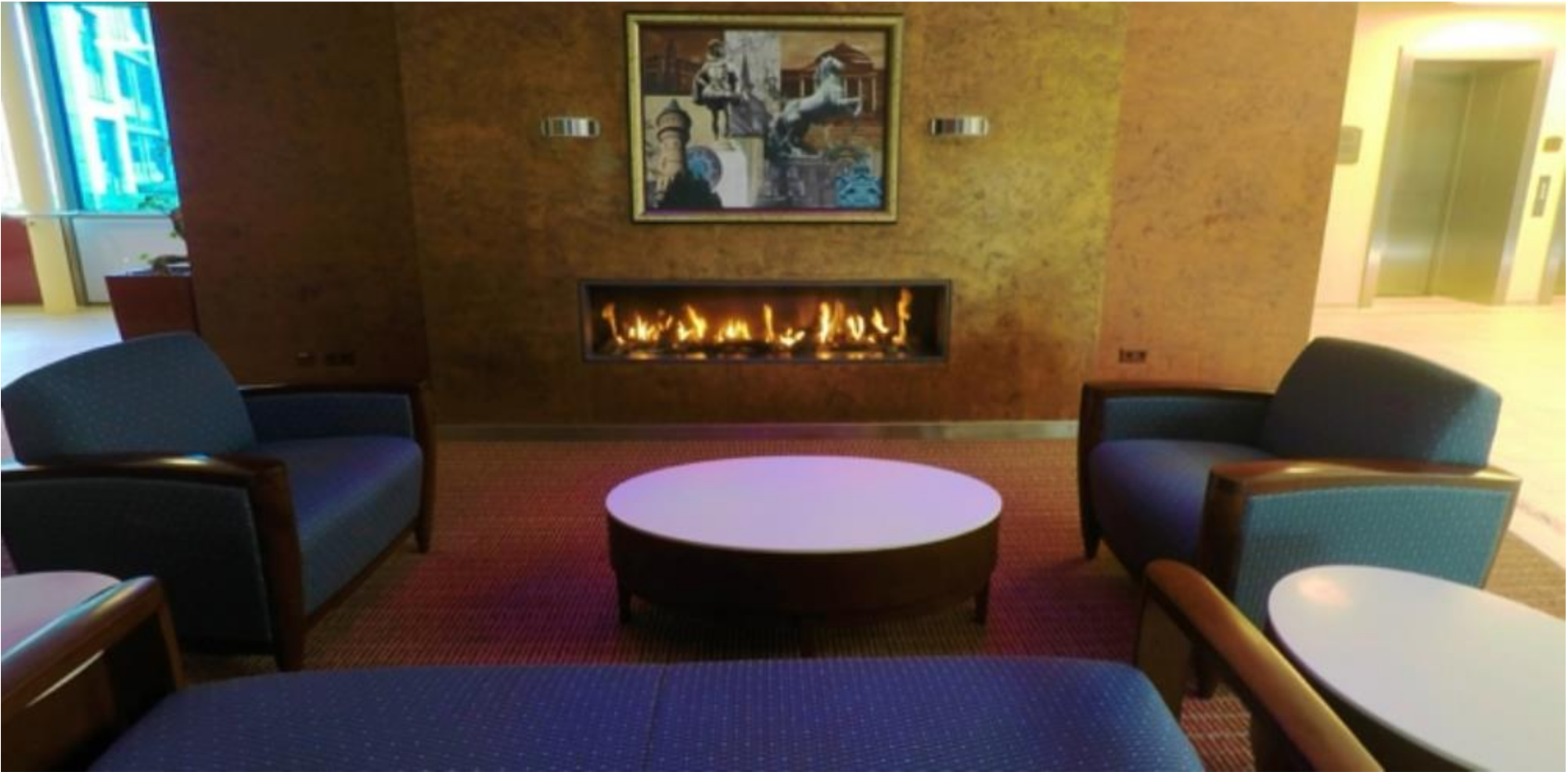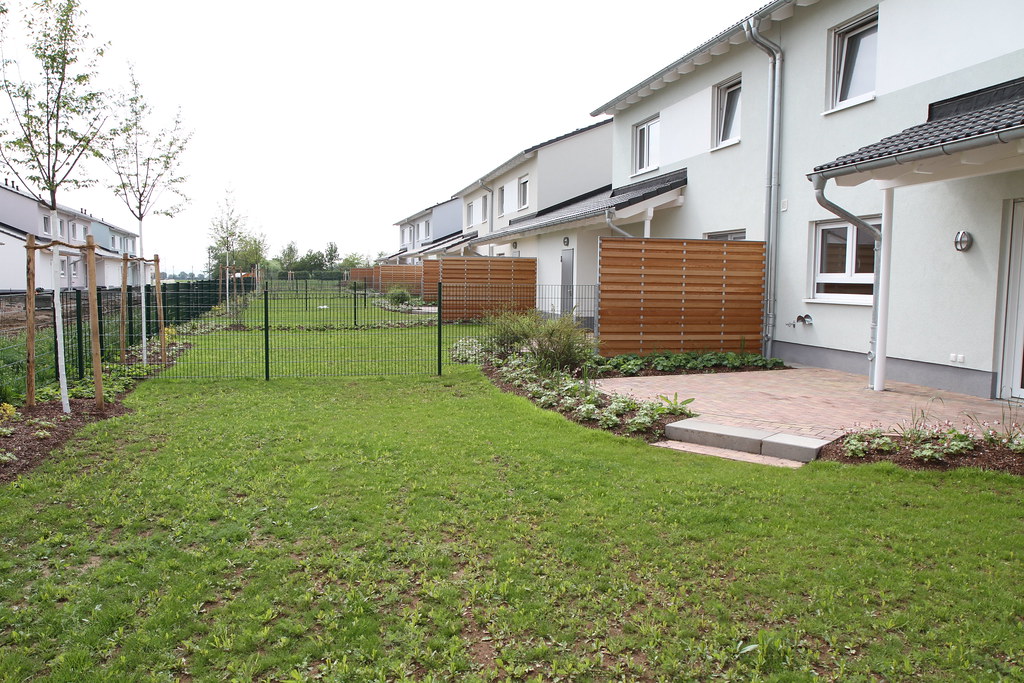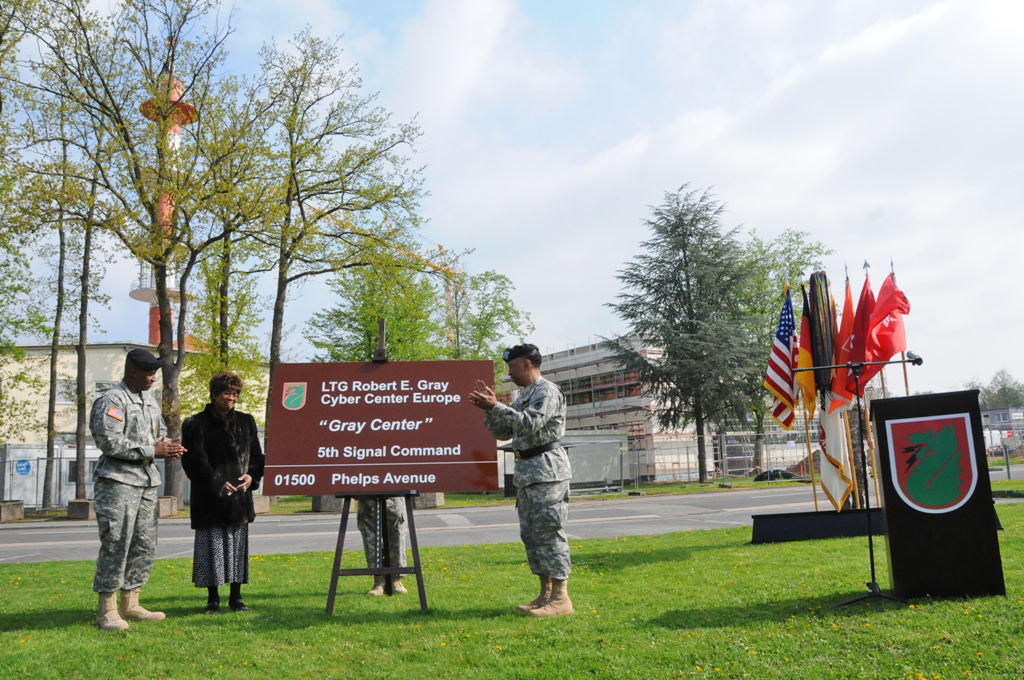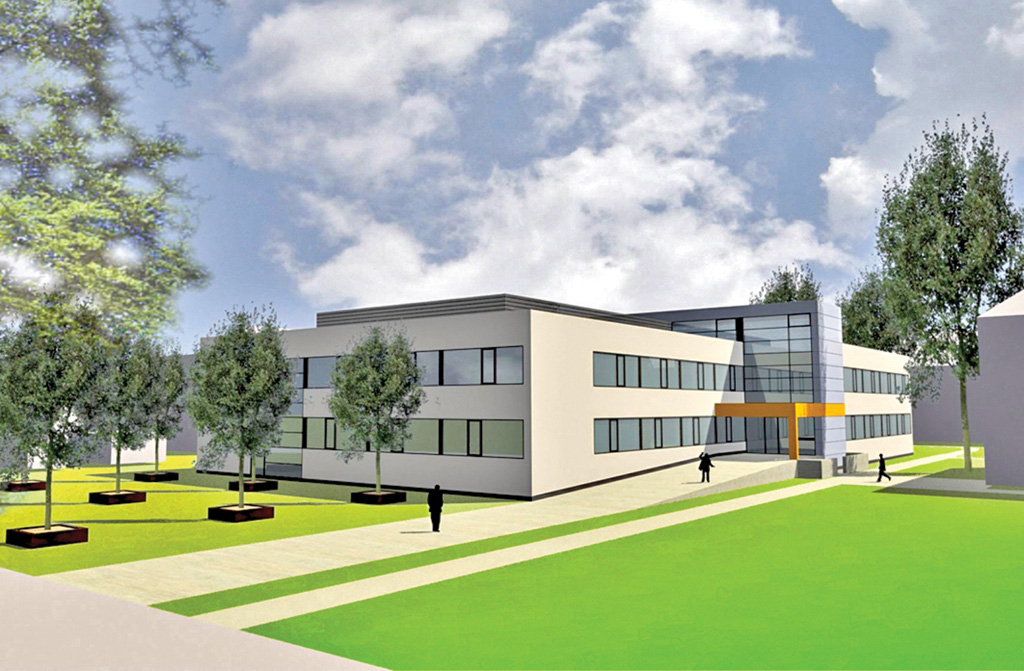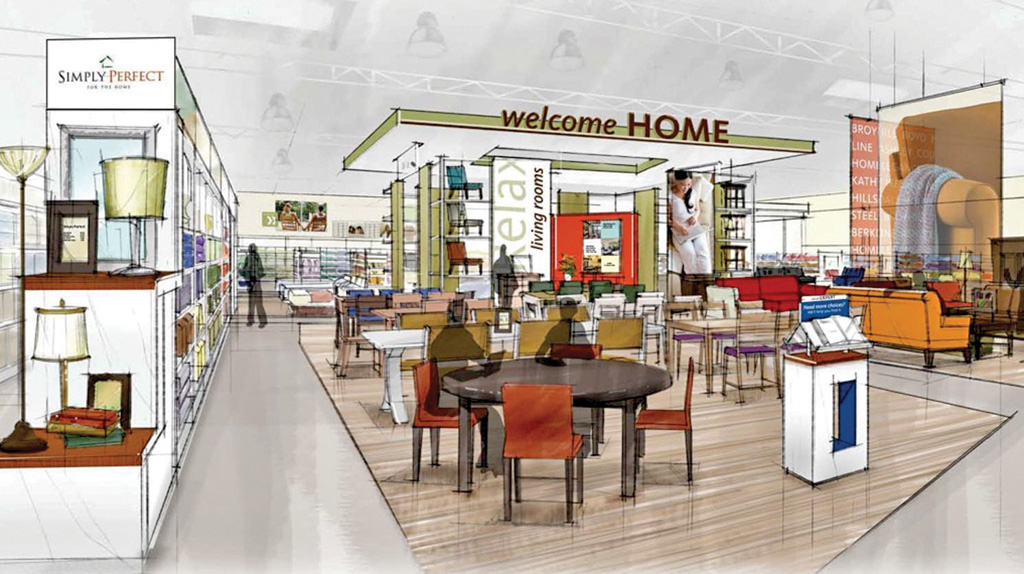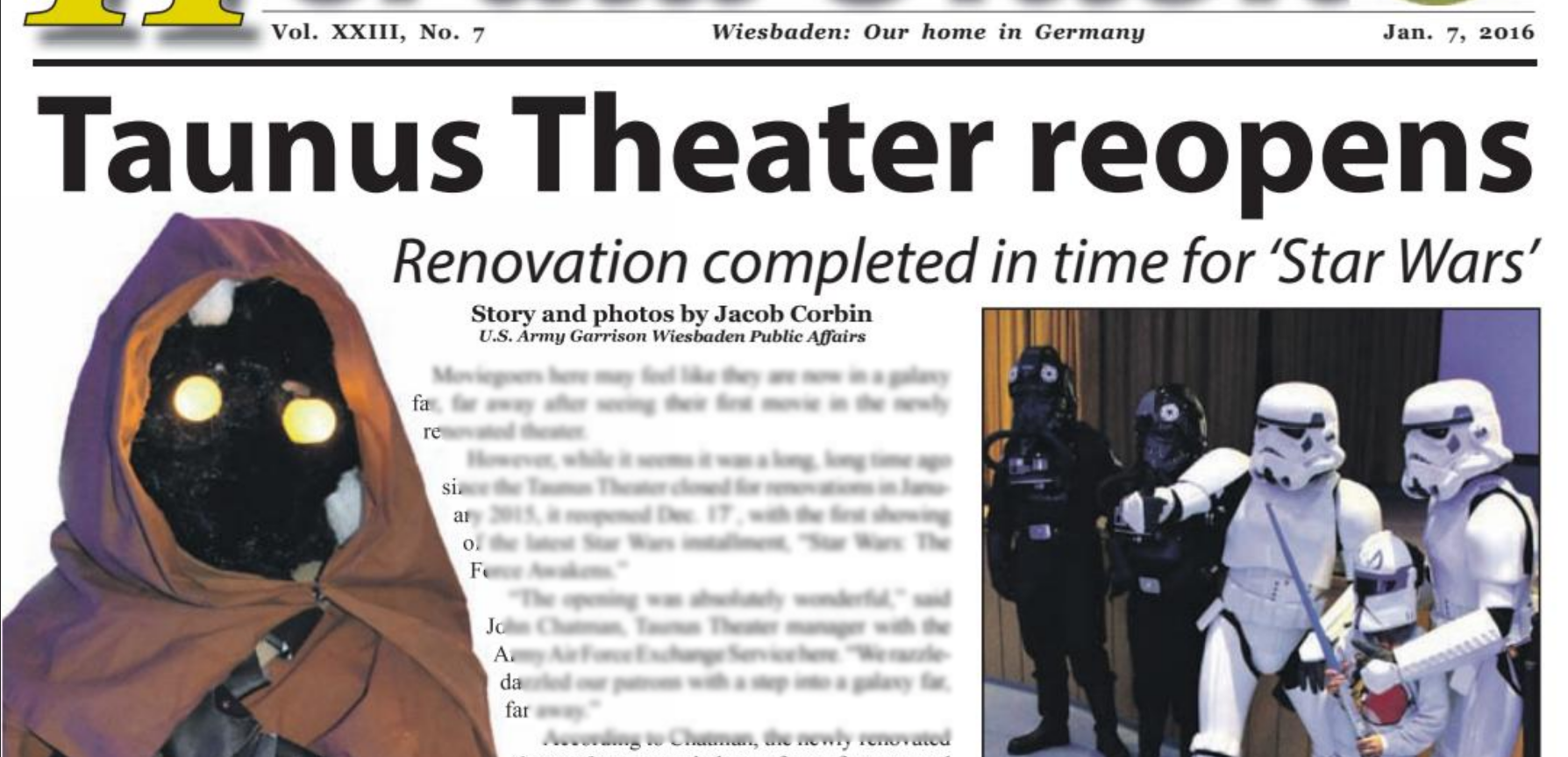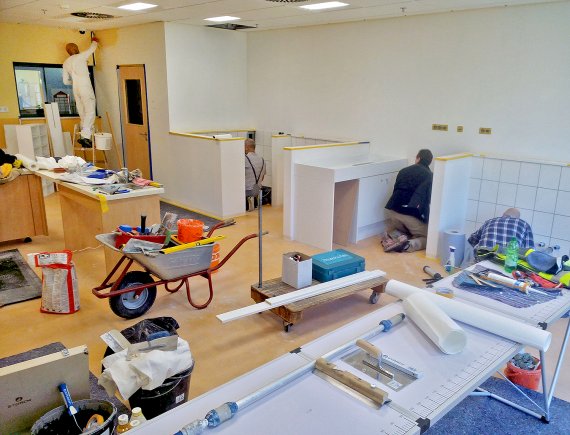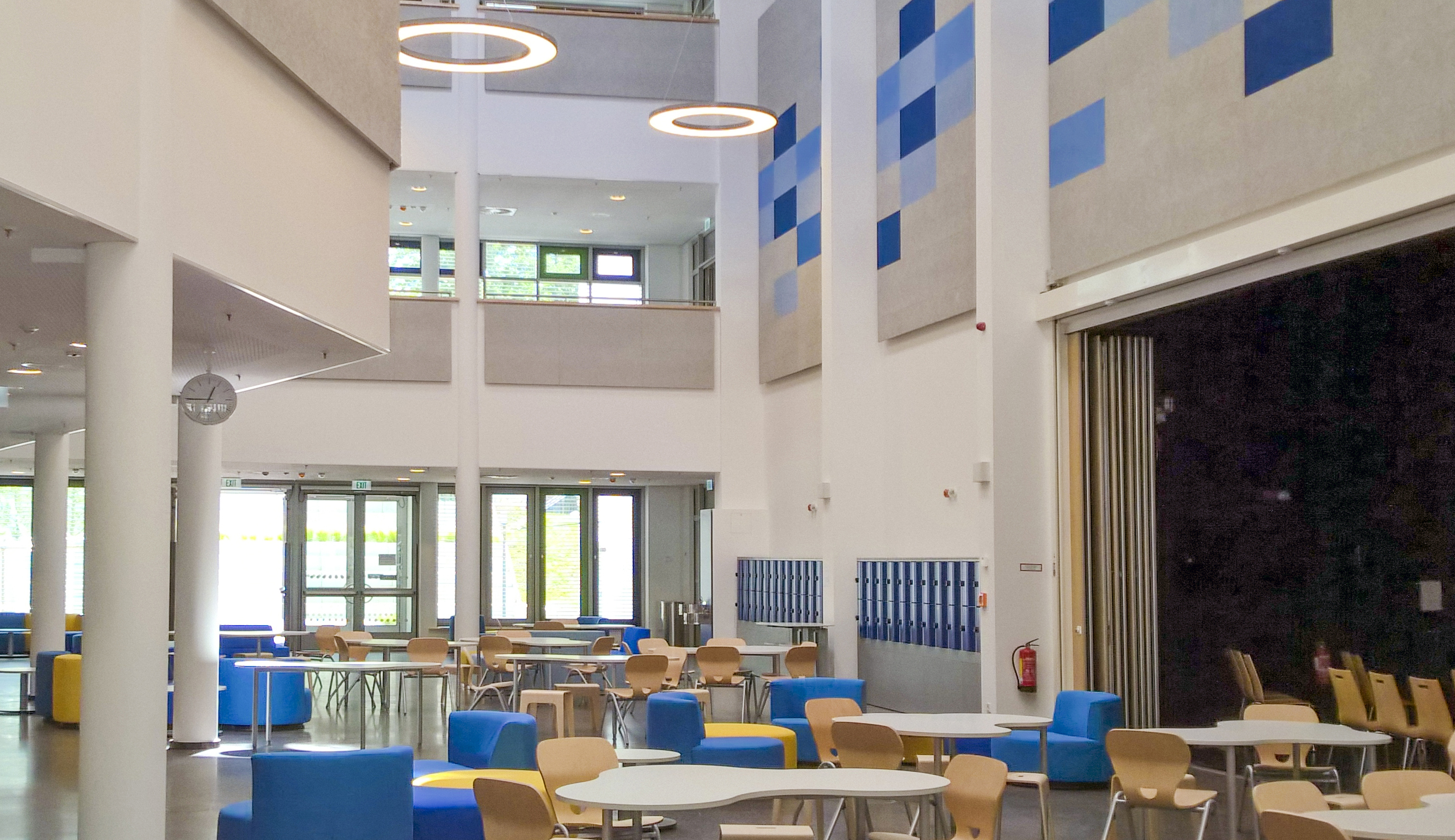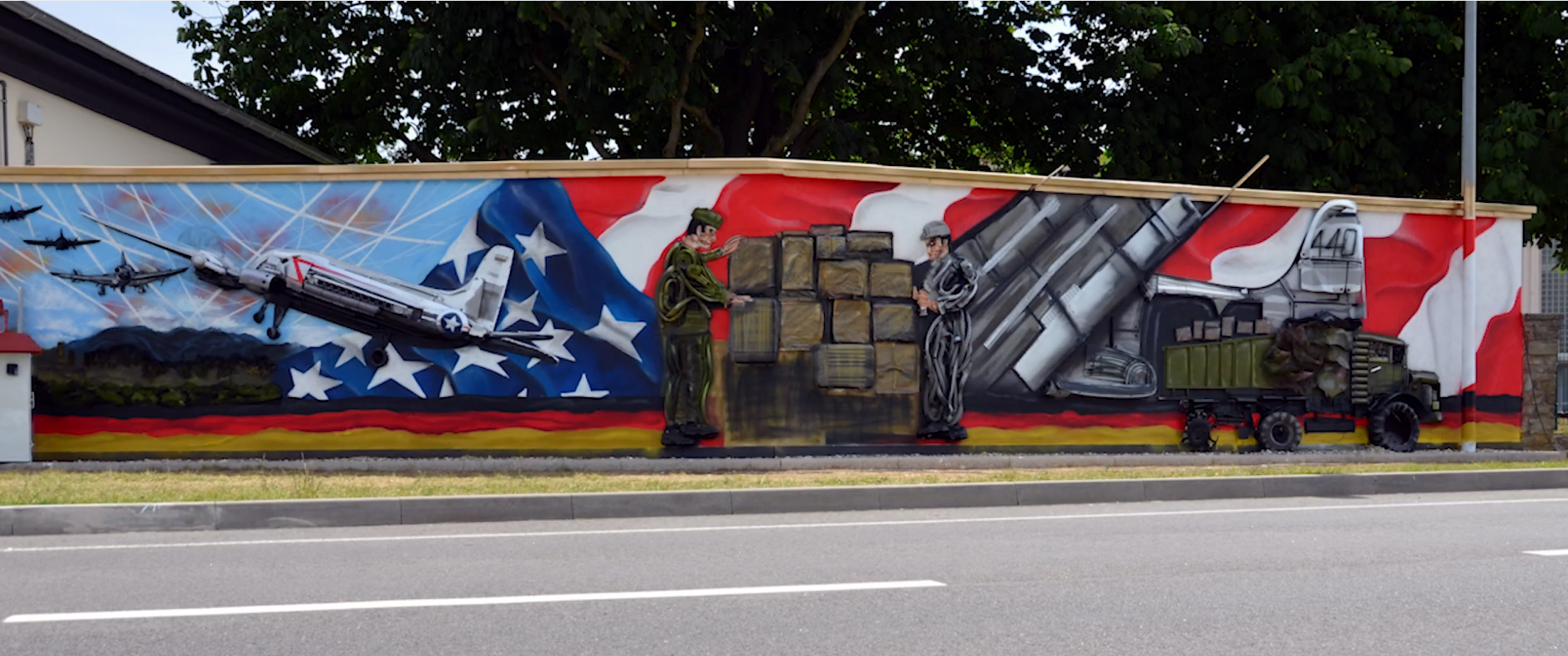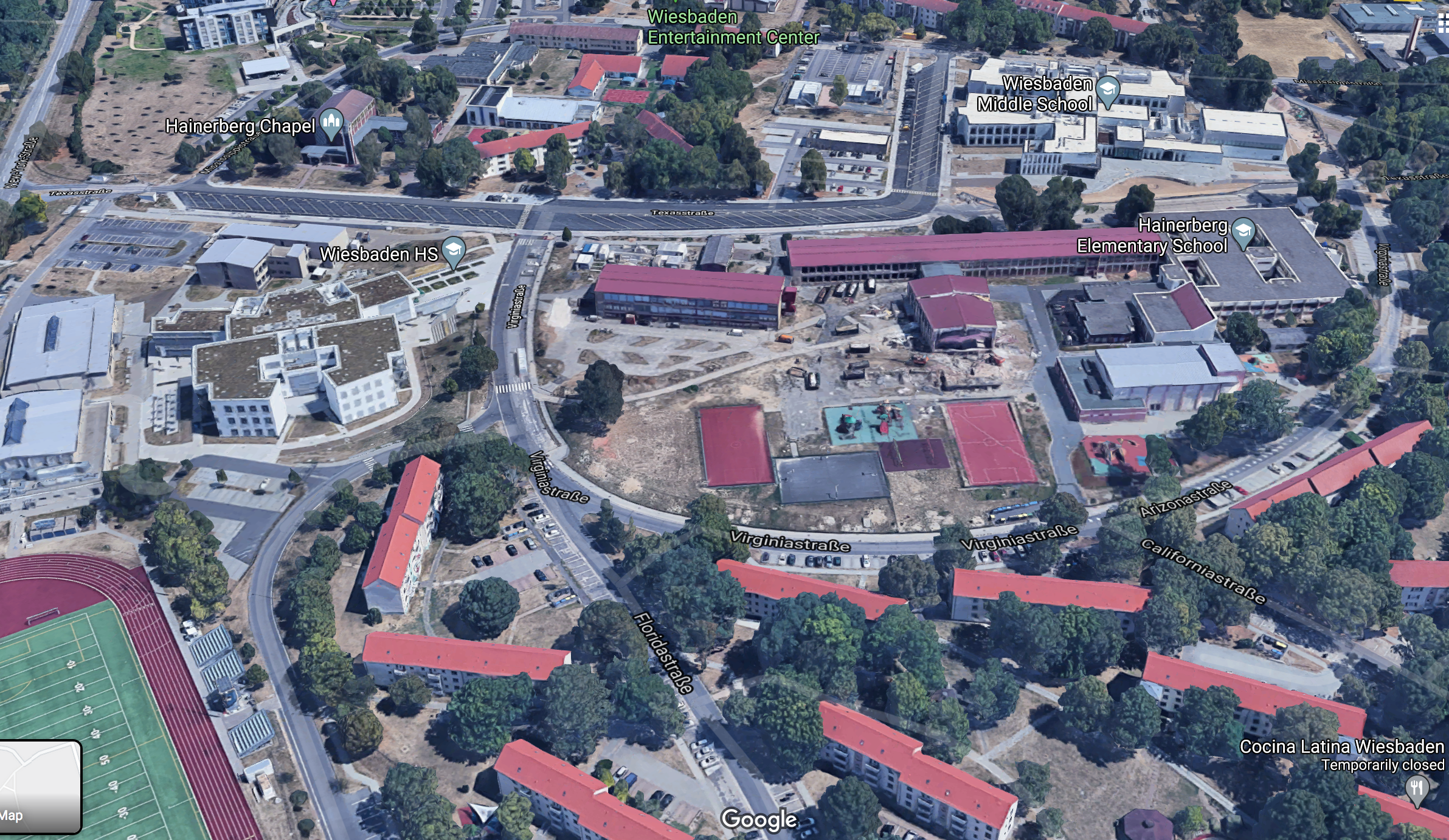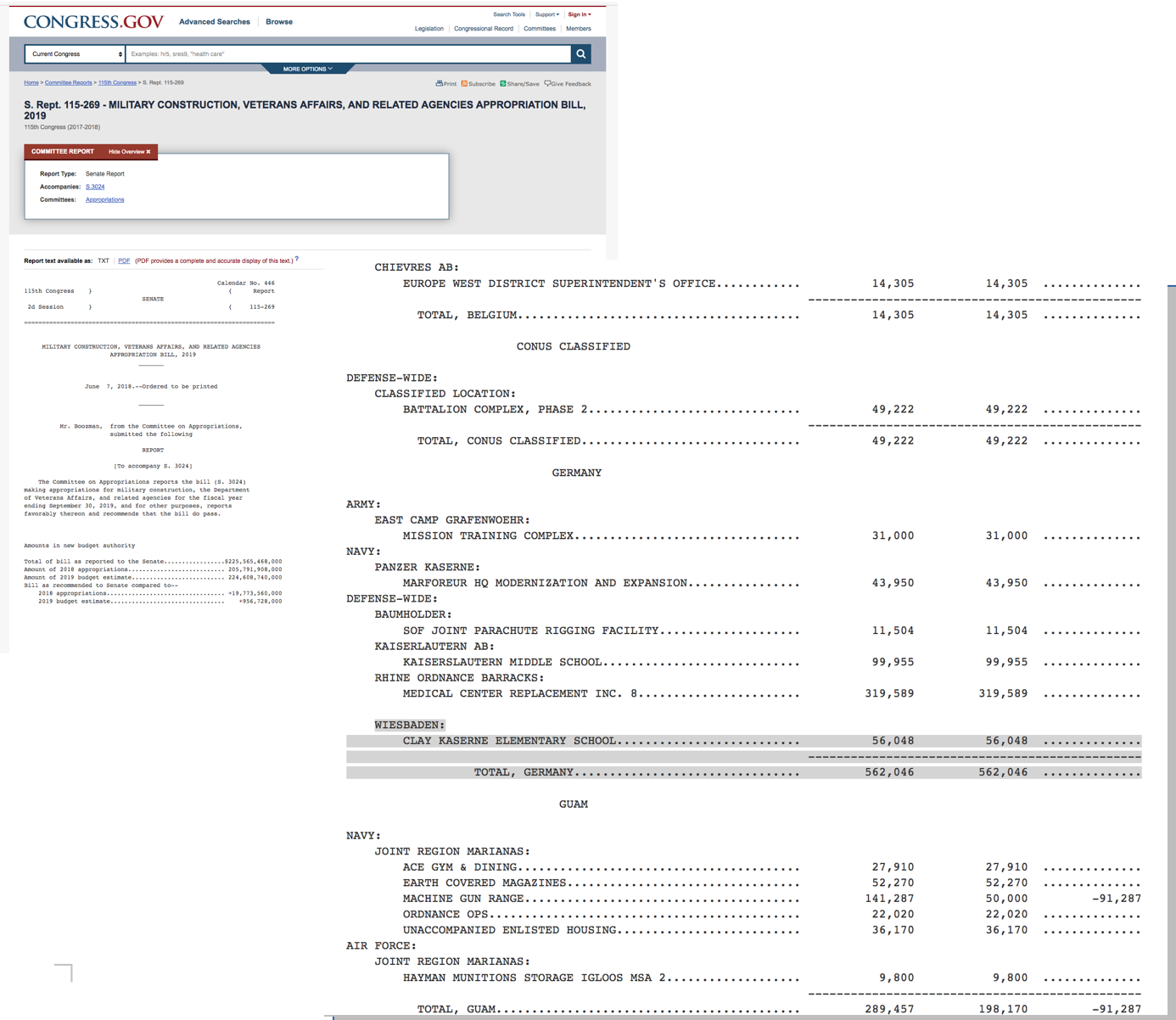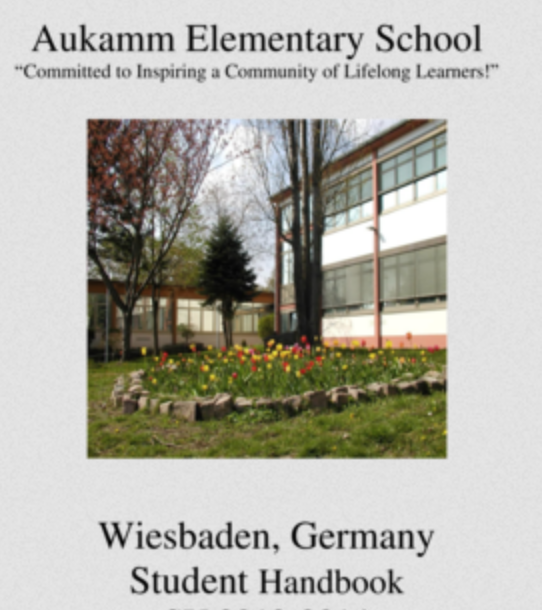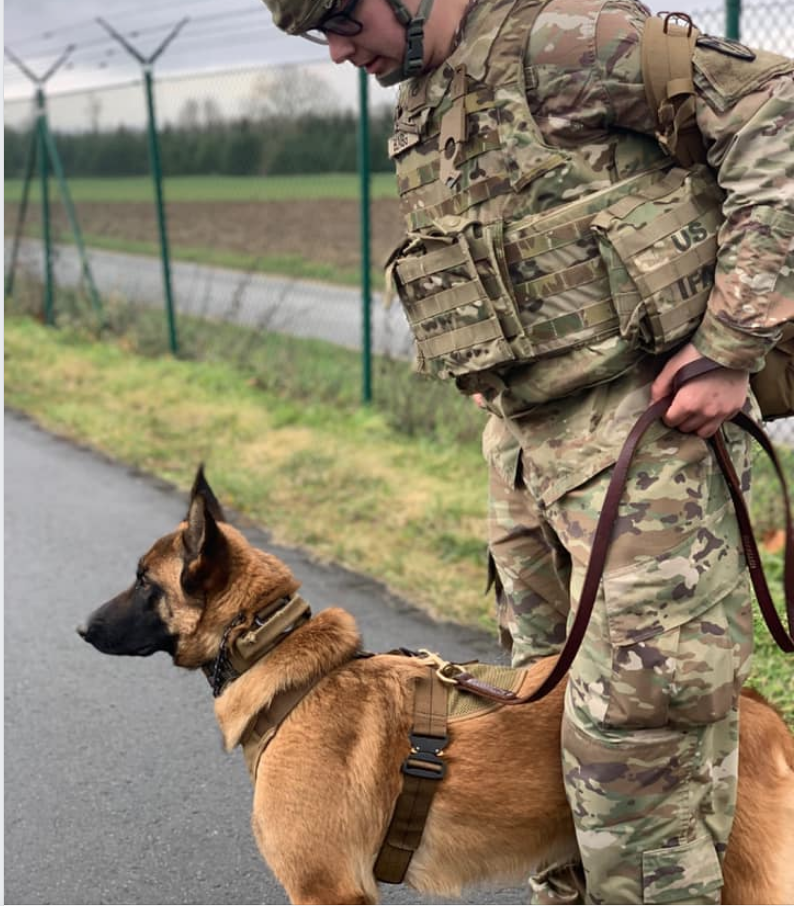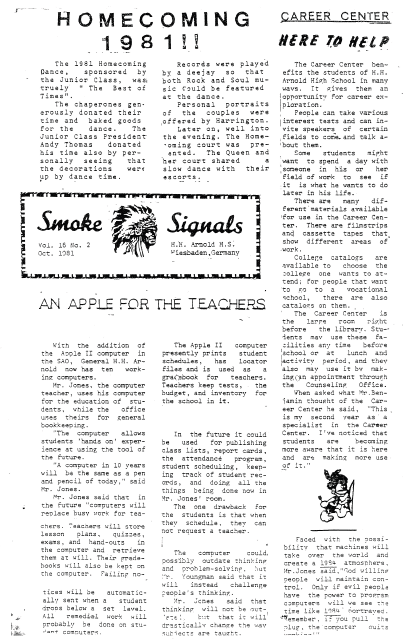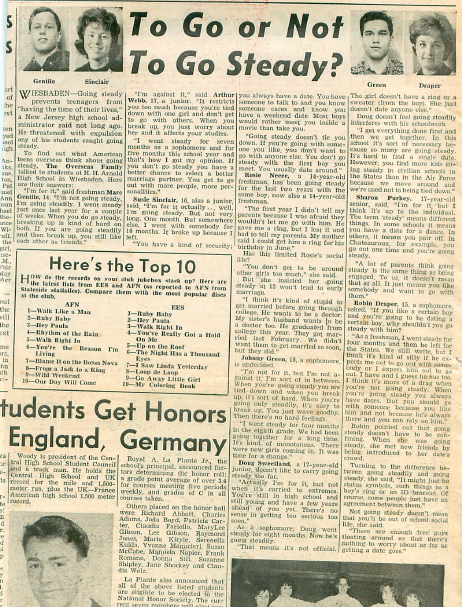What happens when several major installations consolidate into one? Consolidated traffic. Clay Kaserne faced two major traffic issues: 1) An ever-increasing population crowding the streets as more organizations relocate to Clay, and 2) the insane amount of construction in the area clogging those streets, creating bumper-to-bumper traffic akin to New York City rush hour.
The solution? A first-of-its-kind, state-of-the-art automated entry system with reduced physical space, a reduced length-of-response zone where active vehicle barriers are secured to deter threats, and a $6.3 million price tag, which is less than half of what it would normally take to build it.
The Access Control Point, or ACP, at Clay is a large and complex system of duress alarms, barrier controls, instrusion detection, communication and camera-surveillance systems all working together to handle 1,600 vehicles per hour with three automobile lanes, a separate truck search lane, multiple guards at each lane to maximize flow, and separate areas for direct bicycle access and public bus loading and unloading.
March 15, 2015.
Hainerberg Housing, for the first time in its 60+ year history, has a security fence stretching around its entirety, and armed security guards posted at control points to ensure only authorized personnel access the area.

At this time, the main Access Control Point (ACP) is on Washingtonstrasse, below Commissary Hill. An additional, temporary exit-only ACP continues at the other end of Washingtonstrasse, leading out past Texasstrasse to the main road (B455) that heads toward Clay Kaserne.
-click here for larger version.

This isn't Hainerberg's first step toward enclosure. After 9/11, bases went on high alert. A security fence was erected around the school, including a locked, barbed-wire gate at the footbridge. The exchange and Taunus theater were enclosed and a manned checkpoint installed at its entrance.
-click here for larger version

The move toward increased security was two-fold. First, the geopolitical landscape pretty much demanded it, with developments from a recently unified Germany (that weren't all positive), and post-9/11 escalating tension on the world stage, so to speak. Secondly, foreign armed forces in NATO-governed countries (including Germany) had an agreement to abide by as early as 1959, with updates in 1971, 1981, 1993 and 1998.

These are commonly called SOFAs, or Status of Forces Agreements. They dictate the terms of operation, juristiction in criminal cases, visas, drivers licenes, all kinds of stuff. They also state that only authorized personnel can use the on-base facilities, including the commissary and exchange, both of which have tax-exempt status in their host country.

Ever since these SOFAs have existed, our installation commanders have been tasked with making sure only authorized personnel get access to these facilities. 'Back in the day' (during the Cold War), the quick flash of an ID to a cashier did the trick. Not so anymore. The more sophisticated the landscape, the more thorough its governing.

Once Wiesbaden began to ready itself to be the new Army Europe Headquarters, consolidation and efficiency became key thrusts in determining what that would look like going forward.
Staffing and paying for multiple separate security checkpoints around the 40+ U.S. military sites in and around Wiesbaden had to be reined in. The new lodge at Hainerberg eliminated the need to control access to the old American Arms Hotel. Enclosing Hainerberg removed the need to secure separate access to the schools and the exchange.

The moment plans were hatched to build a new exchange in Hainerberg, controlled access was part of those plans. By March 15, 2015, the fencing was in place, and with just one month left before the grand opening, Hainerberg's first ACP went into effect.
The path of the security fence resulted in the loss of Hainerberg's first child care center that had been in operation since at least the 1980s. Located on Washingtonstrasse just past the Floridastrasse turnoff, it was one of the first buildings we all saw as we drove into the housing area.
The location of the flood-prone CDC building presented a problem logistically. It sat before the German-owned Telekom building, which required continued access, so the decision was made for the security fence to cut in front of both buildings, making it necessary for the city of Wiesbaden to extend Abrahamlincolnstrasse down and around to reach both buildings, and also making it necessary for the Army to give the CDC building back to the host nation.
 Click here to see bigger image - the security fence cuts right down the length of Washingtonstrasse, between the two streets.
Click here to see bigger image - the security fence cuts right down the length of Washingtonstrasse, between the two streets.
It's easy for the 'old timers' to bellyache about all the change, how unrecognizable so many things are... Without these changes, Wiesbaden probably would have faced the same fate that so many other communities did. Frankfurt... Heidelberg...You know where this is going...
 Hainerberg... 1971 vs. 2018 -click here to expand.
Hainerberg... 1971 vs. 2018 -click here to expand.
Change happens. Some of it we like, some of it we don't. With a little planning, we can still visit our old stomping grounds. If you're traveling to Wiesbaden and want visitor access to Hainerberg,
contact us and we'll see if we can help.
Now... let's go see what all the hoopla is about. Next stop, the new Exchange!


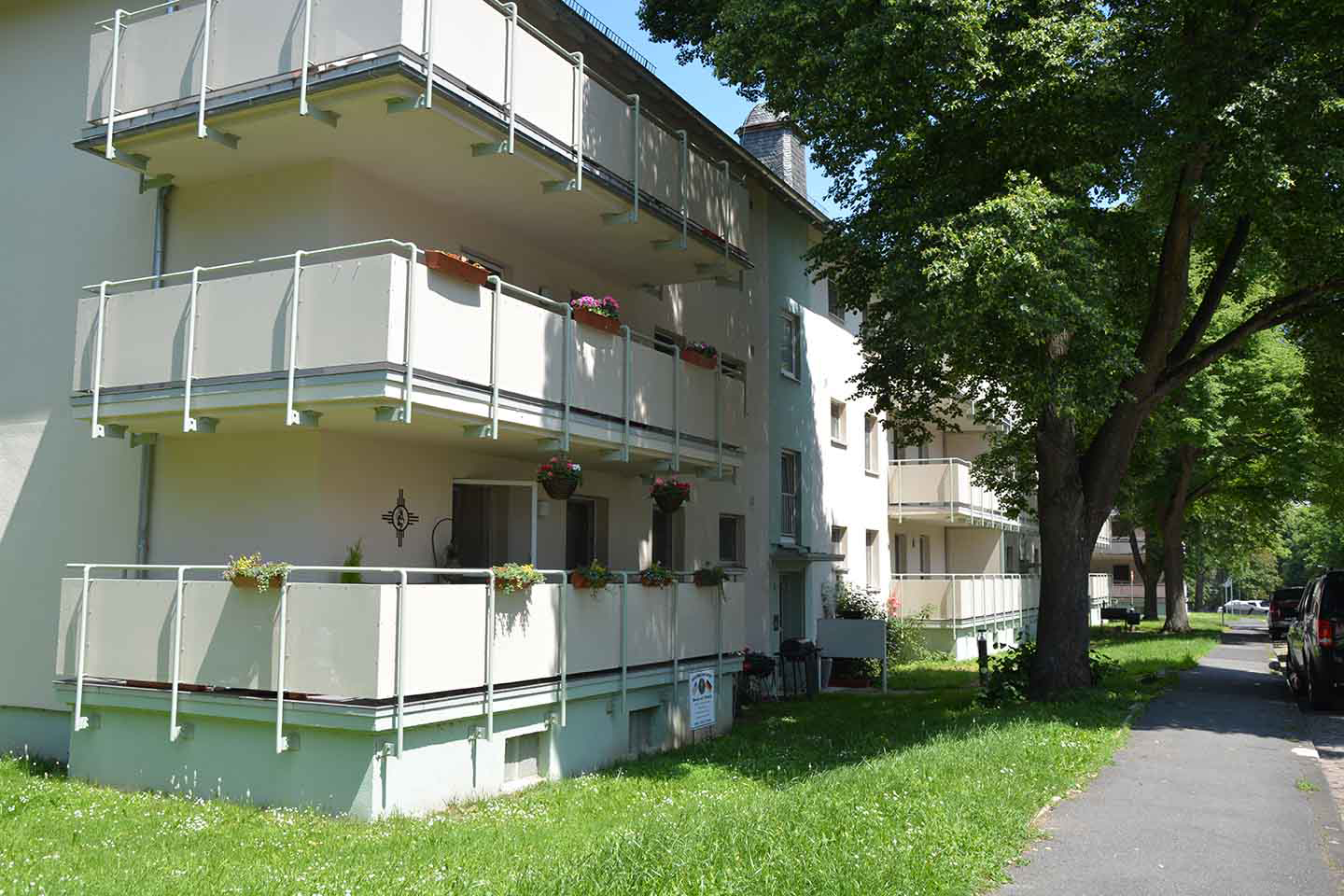





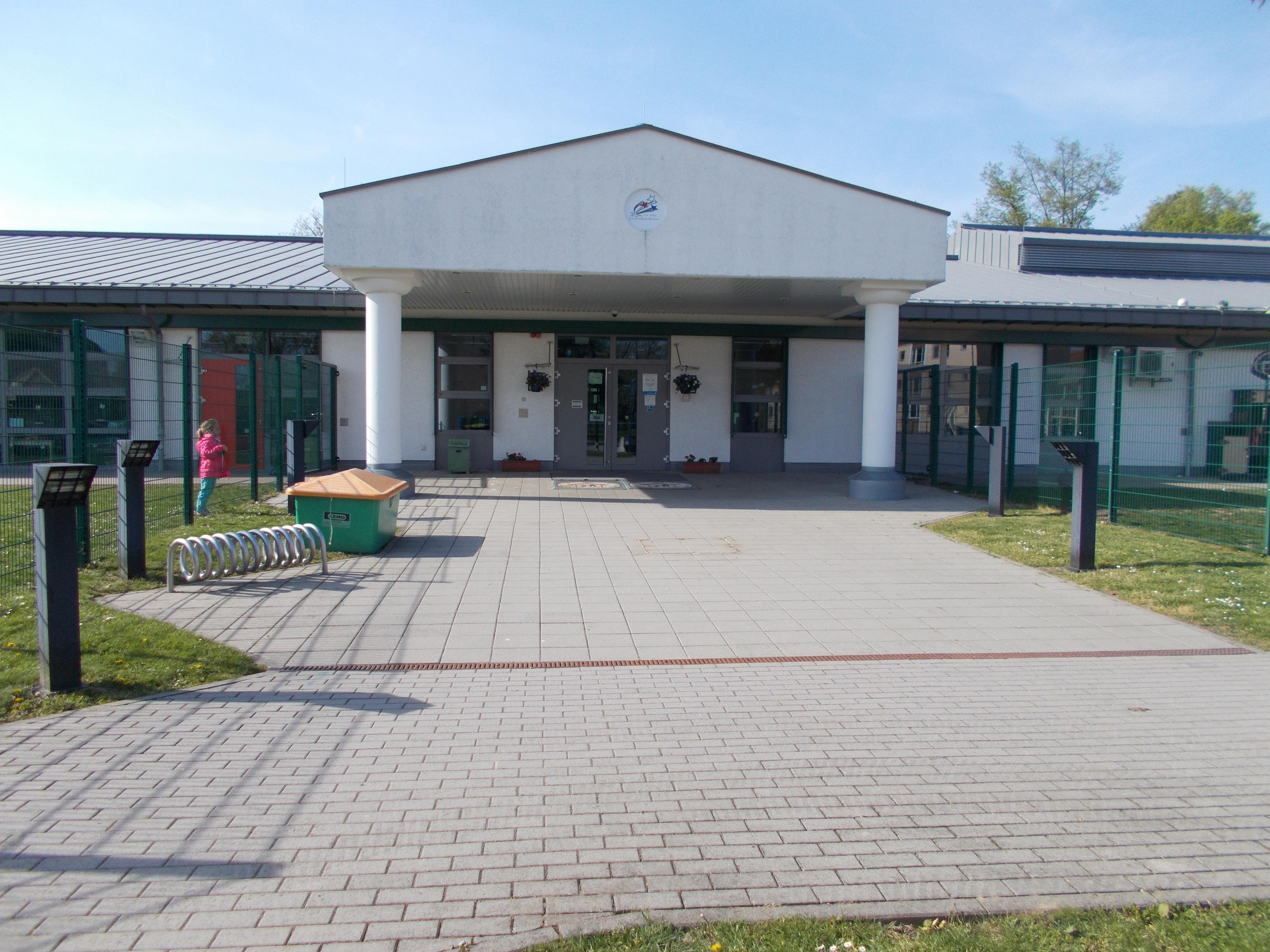







 A little over $20 million was being requested to complete the projects in Wiesbaden, $5 million of which was earmarked for expansion projects at the Middle and Elementary schools. A new multipurpose room and stage area were being constructed to share between the Middle and Elementary school campuses (see 2009). They were also getting a new full service kitchen and serving lines, along with a new mechanical/operations closet and a new entry foyer.
A little over $20 million was being requested to complete the projects in Wiesbaden, $5 million of which was earmarked for expansion projects at the Middle and Elementary schools. A new multipurpose room and stage area were being constructed to share between the Middle and Elementary school campuses (see 2009). They were also getting a new full service kitchen and serving lines, along with a new mechanical/operations closet and a new entry foyer.
